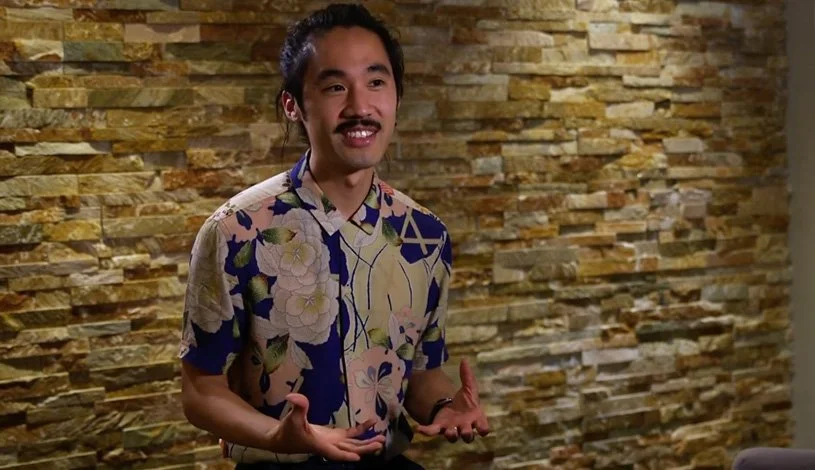Lean into your narrative
Kids’ Fridge, Billings, MT. Courtesy of City of Billings.
Every creative placemaking project has a story to tell. Telling that story effectively can help you advocate for additional funding, learn from mistakes, and plan for the future. Communicating and celebrating successes—even small ones—as part of this process can help keep spirits high and stakeholders engaged.
Things to consider:
What is the overarching story of the project?
At what points during the project should we plan for communication?What information or content should we plan to collect for communication?
What personnel do we need to facilitate the communication?
What channels, outlets, opportunities should we plan to use?
WATCH THE VIDEO
Storytelling and Documentation
DOWNLOAD RESOURCES
-
Know why you are communicating at this stage of the project.
Build support
Recruit volunteers or participants
Fundraising
Gather information and input
What is the goal of the communication?
What do you want people to know or understand about the project?
Is there an action step you want listeners to take?
Who is the audience for this story?
General public?
Potential volunteers or participants?
Funders?
Public officials?
Peers?
If there is an action step?
Who needs to hear the message to take action?
Do you need funding?
Do you need public policy action?
When should you consider communicating?
Do you need information?
Do you need residents as participants?
-
What is the umbrella for the message, the big idea? The overall organizing idea for your project should be the starting point for all messages as the project unfolds. Repeating this idea each time you report or offer a call to action creates an echo chamber and offers a model for others to follow. Keep it interesting by changing the words— there’s no need to memorize an opening sentence or paragraph.
Example: A street painting project may have primary goals of pedestrian safety and community connection. Repeating these big ideas at the beginning of every discussion helps to build an understanding that the art is achieving important shared community goals.
-
Making the story framing relevant is critical to capturing the attention of the residents and other audiences. Because creative placemaking projects are responsive to and often led by community residents, this shouldn’t be hard. It’s helpful to use a news hook when you can.
Is there a personal story that makes the point of your overall message in a useful way? It can be helpful to generate interest by having a community member talk about the project. It is also tricky to tell a personal story without drawing the reader away from the community goals and focusing on the individual’s circumstances. Think about identifying a spokesperson who exemplifies the primary organizing ideas in ways that discourage a shift to individual circumstances. Even when offering a personal story, start with the big idea and then offer the individual experience as it fits under the umbrella.
Example: Hundreds of neighborhood residents are coming together to create a colorful street mural at The Main Street Painting Party. Mary Smith is looking forward to meeting new neighbors and creating a stronger network while at the same time making her neighborhood safer for everyone. “This is going to be a great chance for long-time residents like me to meet some of the newer people—and that big flower in the intersection will make drivers slow down! I hope some of the people driving through will decide to stop and visit our hardware store or the diner too,” she said.
-
Lead with community voices. Other voices can help too:
Artists
Community activists
Respected leaders
Elected officials
-
Earned media (reporting in media outlets)
Social media like X (formerly Twitter), Instagram, Facebook, Next Door, LinkedIn, YouTube
In-person events
Webinars
Email blasts
Blog Posts
Op-ed outlets
-
Artists
Graphic designers
Writers
Videographers
Photographers
Sometimes volunteers can provide these services, but in general creative personnel should be paid for their work.
-
Does your evaluation and data gathering offer material for storytelling?
What needs to be measured or collected?
Can you show how many people you reached?
How many people did you engage?
Can you show what’s changing or changed?
-
Basic research techniques offer opportunities to gather story material.
Observations
Your observations, and the observations of core partners and residents, are central to the process of discovering what a project is all about. The challenge is to collect, share, and synthesize what you’re observing.
The methods you use to discover a community can help the project in many ways—they can in themselves be the focus of the creative placemaking initiative, they can be a part in a culminating event or project, and they can help you in your evaluation efforts.
Photography and videography
These are common discovery methods. Consider engaging youth and professional documentary photographers and filmmakers to accompany the project and document the discovery process, design, and implementation. With photography, use common sense to protect the privacy and safety of residents, particularly with youth. You can post signs at events indicating that photos and videos taken at the event may be used in communications. Ask adults for permission to capture the image of children with them.
Debrief meetings
Collect and document observations during regular meetings with partners or special meetings to debrief after observation opportunities.
Report forms
Create a simple form with prompts: “Location, time, people present, what did you observe?” to note your observations. We have included a sample in the Appendix to inspire you.
Journaling
Observations of partners, participants, neighbors, artists, etc. can be recorded in a journal (paper, voice recorder, phone apps, etc.)




